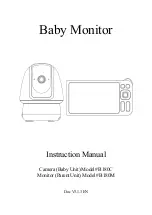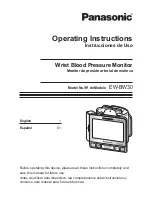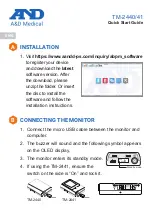
7
Picture-01
There are six grids in the display of device. Please refer to the picture-01-01. Different grids
represent different interval scales of WHO.
Blood pressure is very high if your diastolic pressure is above 90 mmHg and/or your systolic
blood pressure is over 160 mmHg, while at rest. In this case, please consult your physician
immediately. Long-term values at this level endanger your health due to continual damage to
the blood vessels in your body. If your systolic blood pressure values are between 140 mmHg
and 159mmHg and/or the diastolic blood pressure values between 90 mmHg and 99mmHg,
consult your physician. Regular self-checks are necessary. If you have blood pressure values
that are too low, (i.e., systolic values under 105mmHg and/or diastolic values under 60 mmHg),
consult your physician. Even with normal blood pressure values, a regular self-check with your
blood pressure monitor is recommended. You can detect possible changes in your values
early and react appropriately. If you are undergoing medical treatment to control your blood
pressure, keep a record of values along with time of day and date. Show these values to your
physician. Never use the results of your measurements to independently alter the drug doses
prescribed by your physician.
Further information
• If your values are mostly normal under resting conditions but exceptionally high under
conditions of physical or psychological stress, it is possible that you are suffering from
so-called “labile hypertension.” Consult your doctor.
• Correctly measured diastolic blood pressure values above 120mmHg require immediate








































